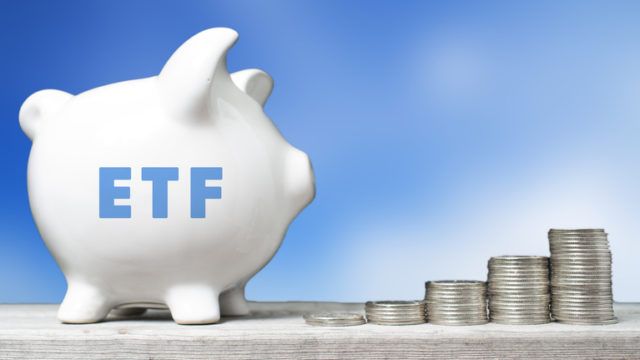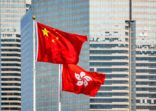The AUM in ETFs domiciled in Hong Kong, Asia’s second largest ETF market after Japan, grew to $39.7bn from $31.8bn. Nevertheless, the estimated data show $4bn of aggregate net outflows throughout the year, which may be attributed to investors cashing in profits in the booming market.
(December data for the three largest ETFs domiciled in the territory, the Tracker Fund of Hong Kong, the Hang Seng ETF and the Hang Seng H-share ETF, are not included in Morningstar’s dataset as of this writing and FSA made estimations using fund providers’ data).
The available data show that in 2017 the Hang Seng H-share ETF lost $2.17bn in outflows (until October) and the Tracker Fund of Hong Kong lost $1.35bn (until September).
China ETFs in aggregate saw net outflows across all categories. Yet depsite the negative flows, the aggregate AUM in China’s ETFs grew to $34.9bn from $29.5bn a year earlier.
China ETFs also had a few big winners. The Ping An-UOB HS300 ETF gathered $879m in the last quarter alone, while the Bosera Golden ETF closed the year with $347m in capital inflows.
Japan remains the largest ETF market in Asia. Virtually all net new assets, JPY 5.9trn ($53.3bn), were purchases by the Bank of Japan as part of prime minister’s Shinzo Abe’s economic stimulus, according to data from the bank.
ETFs in Asia in 2017
| Market | New assets | AUM |
| Japan | 53.6bn | 273.4bn |
| Hong Kong | −4.0bn | 39.7bn |
| China | −1.52bn | 34.9bn |
| South Korea | 5.24bn | 33.3bn |
| India | 5.11bn | 12.0bn |
| Taiwan | 944m | 11.2bn |
| Singapore | −103m | 5.8bn |
| Malaysia | −9.2m | 483m |
| Thailand | 18.2m | 478m |
| Indonesia | 26.5m | 124m |
Data: Morningstar, 31 December 2017, in US dollars
South Korea is on track to climb higher in the ranking, with $5.24bn of net inflows in 2017, which accounts for 25% of AUM growth in 2017 (market gains account for 35%). In 2017, Korean investors put $4.33bn in plain equity ETFs, $653m into leveraged and inverse products and $478m into commodity ETFs.
Global ETF run continues
Global ETFs gathered an estimated $665bn of net new assets in 2017, closing the year with the aggregate AUM of $4.82trn, according to data from Morningstar. This represents a 37% increase in AUM. The new inflows account for around half of the gain, while the other half is thanks to asset appreciation in the world’s booming stock markets.
The world’s largest ETF market, the US, added $466bn of new assets, bringing the total AUM in ETFs to $2.55trn. US investors put 71% of the new money into equity ETFs and 26% into fixed income.
ETFs domiciled in Ireland and Luxembourg, many of which are sold in other global markets, gathered $90.3bn of new assets in 2017, bringing their total AUM on 31 December to $575.5bn.

















